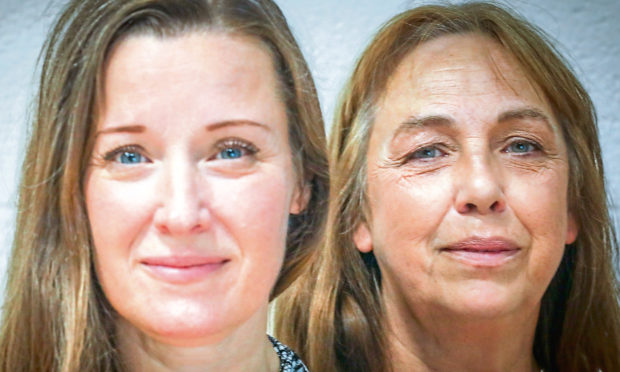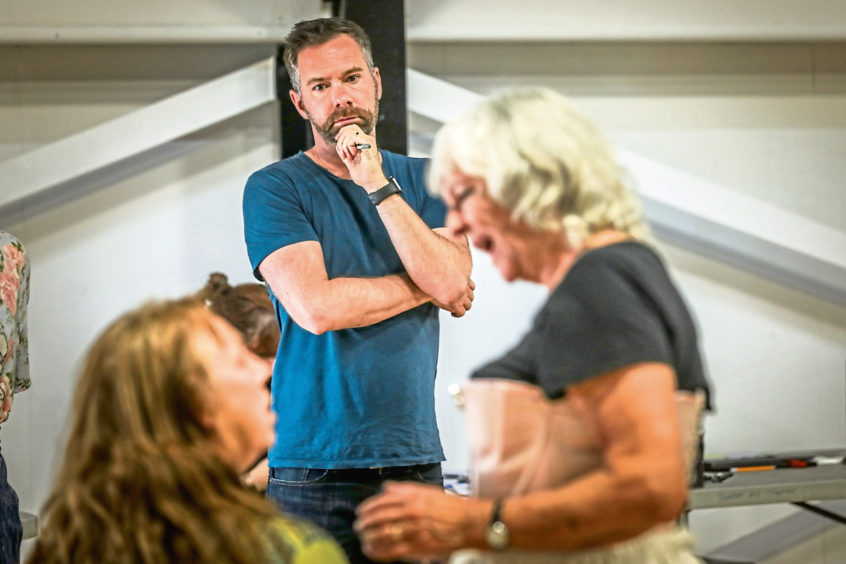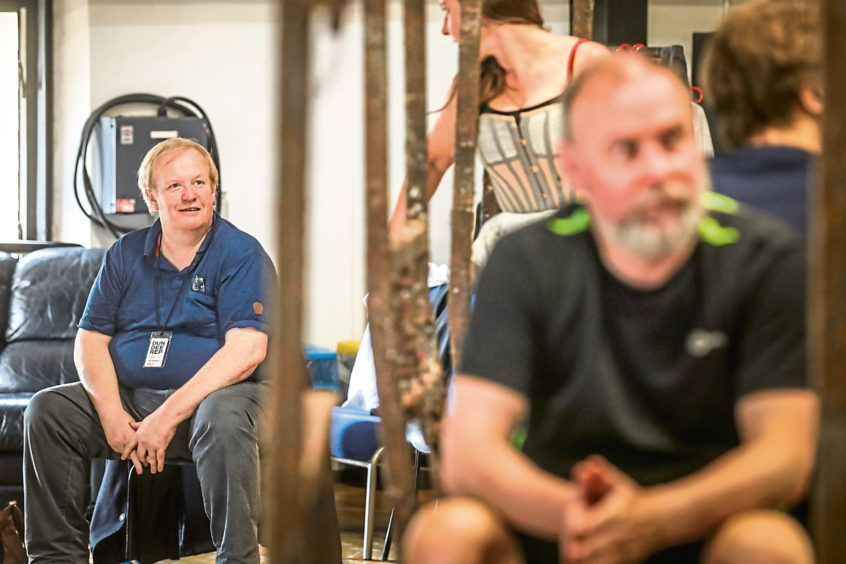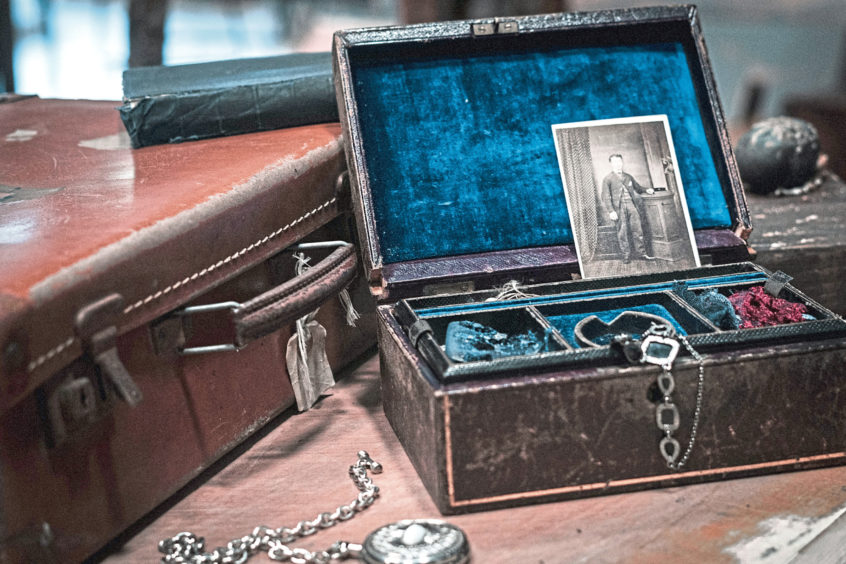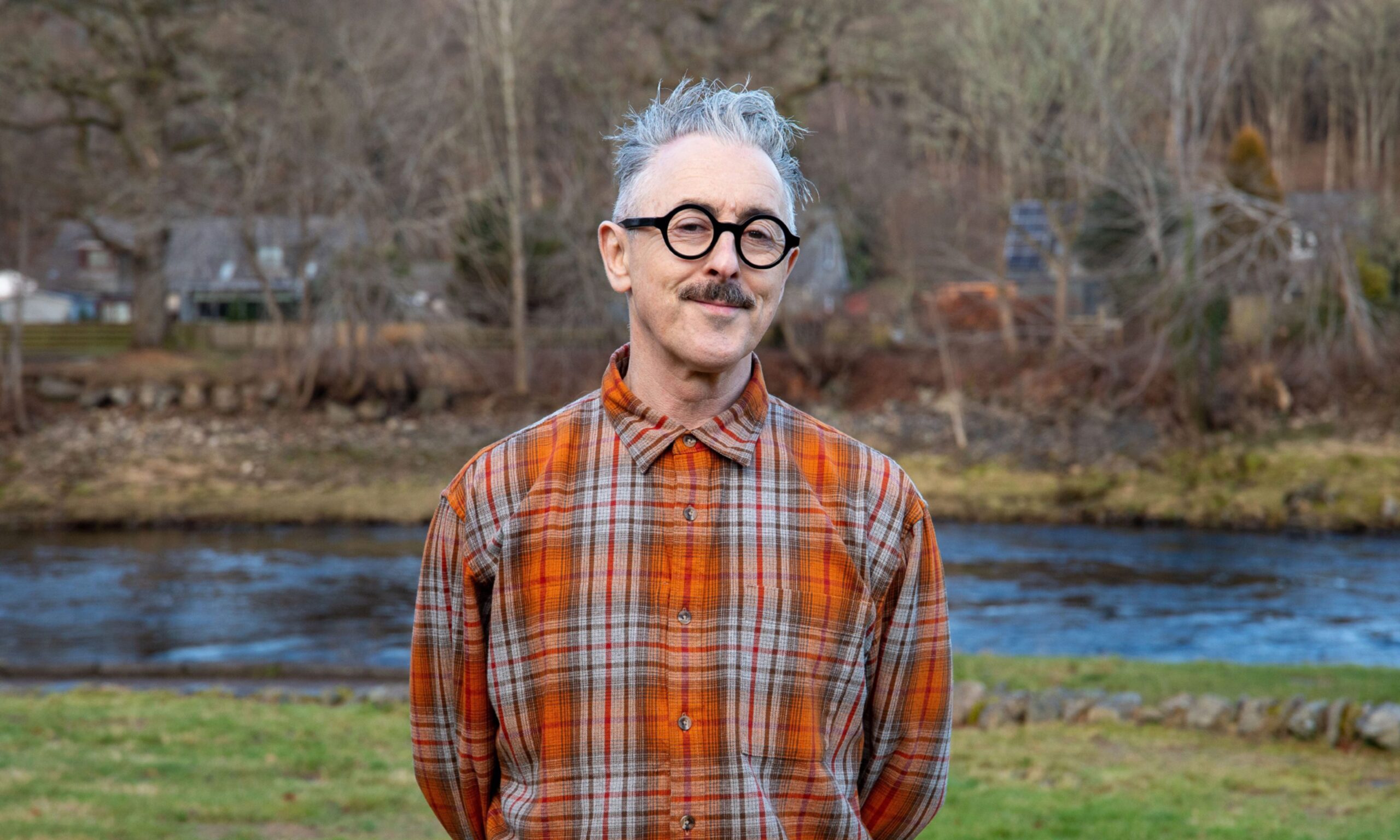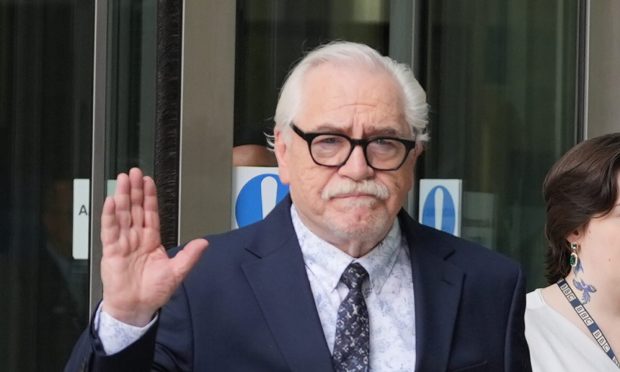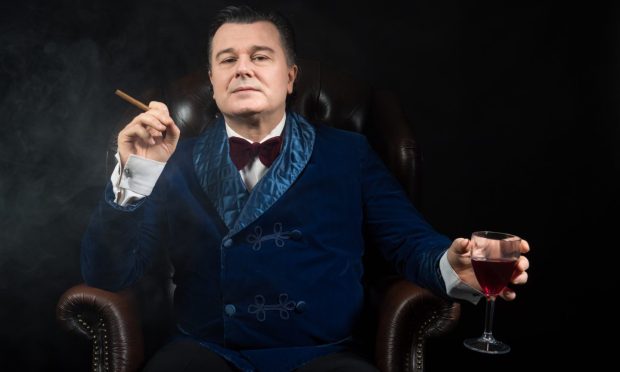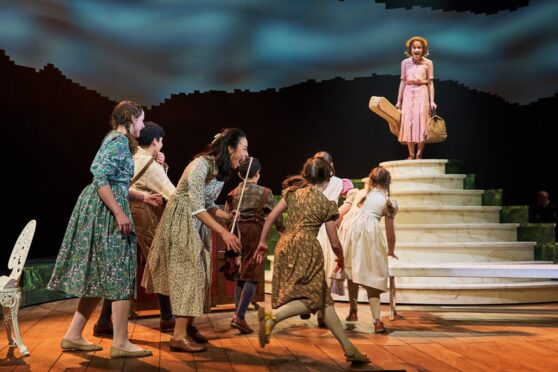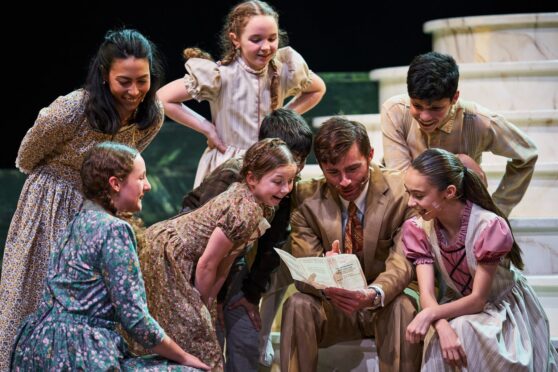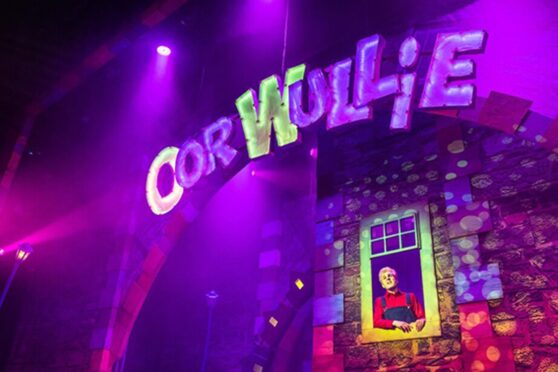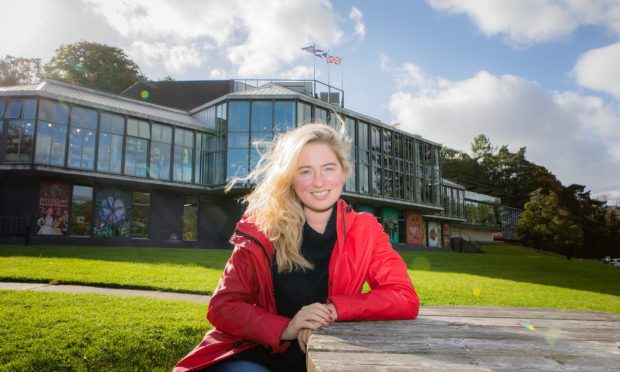On Sunday December 28 1879, during a violent winter storm, the train to Dundee was crossing over the River Tay when a huge section of the bridge collapsed, taking with it 59 souls. It was a disaster beyond anybody’s imagination.
This tragedy struck as the city of Dundee was enjoying the lucky confluence of circumstance that was the thriving jute industry and the convenience of Dundee’s estuarine port for whaling and trade.
The rich were getting very rich and even the poor had some prospects. But disaster is undiscriminating and when the bridge’s high girders and supporting ironwork went down, a cross section of Dundee society went too.
It’s those people, the victims, who are the focus of a specially commissioned play to mark the 80th birthday of Dundee Rep.
Fast forward to a summer morning in 2019, and sun is streaming through the rehearsal room windows as Dundee Rep’s actors get ready to rehearse an intense moment between veteran cast member Irene MacDougall and visiting actor Anne Kidd in Tay Bridge, the new play.
It’s hot, a fan beats somewhat uselessly in a corner, but when rehearsal begins the characters settle on the cast like a mantle, and the magic of the theatre comes to life.
It’s around two years since Dundee Rep artistic director Andrew Panton spoke to celebrated Scottish playwright Peter Arnott about an appropriate play to mark the Rep’s big birthday year.
It would need to be easily identifiable with Dundee, but a story that could travel the world.
The Tay Bridge disaster was such a story, and joins the clutch of new works that celebrate the anniversary season – “local stories,” says Andrew, “that have a universality”.
It’s a movement rehearsal today, as the actors repeat their lines movement director Emily-Jayne Boyle choreographs subtle changes, making sure the body language also tells the story. Settled quietly on a chair, arms folded, Peter Arnott watches his work brought very much to life as, not only was the play especially commissioned, but it was written on the resident ensemble cast.
There are few actors working in theatre today who get that privilege.
For Peter Arnott, Tay Bridge is like “the Canterbury Tales, only interrupted by a train accident. It was a cross-section of life in Dundee crossing that bridge,” he says, and the play was written out of respect for them.
He worked on the bits of information known about the victims, their professions, their ages, he learned who claimed their bodies (if anyone) and, poignantly, what was found in their pockets when they were delivered from the freezing depths of the Tay. We already know the ending, we the audience, but this play gives us their lives.
Peter got the idea for telling the story this way from the actor Tom McGovern, who referred him to Thornton Wilder’s acclaimed novel, The Bridge Of St Luis Rey. And then, for more than a year, he set about bringing the victims to life, in the form of the actors representing them.
“Writing for live theatre,” he muses, “means you’re face to face with reality – you throw a script into a room, and make it real.”
For Dundee Rep’s Emily Winter, who plays a ‘worldly woman’, the enormous human cost of the tragedy was brought home to her when she got to go to the McManus Collections Department repository and see the people’s possessions, found on their bodies, in their pockets. Such as the fob watch belonging to the fireman, that stopped at the time the train plunged into the water.
She finds the work beautiful and evocative. “It’s so well done,” she says, “how Peter’s woven his imagination through these people’s tales.”
It’s also a reflection of the times. Irene Macdougall is playing Mrs Easton, a minister’s wife.
“Researching life in the Victorian era for an upper-middle class woman, albeit a little downtrodden by her husband, was the challenge,” she says, “and a religious woman to boot.
“You have to absolutely buy into the fact that women did not really have a voice at that time, your wealth belonged to your husband, you had very little autonomy and very little right to hopes and dreams.”
This play brings the people to life, whoever they were, it makes the story human, not just a disaster that happened to anonymous names on a grim victims’ list.
“So many accounts concentrate on the ‘whys’, and this play is just about the people who were on the train, “says Irene, “it’s just about ordinary people, good and bad, lives interrupted.”
Almost as soon as the accident happened, stories sprang up around the incident, some true, some far from it. Now, only historical record remains.
“With an accident like that,” reflects Peter, “people want it to mean something.”
Tay Bridge is at Dundee Rep from August 27 to September 21.
www.dundeerep.co.uk
